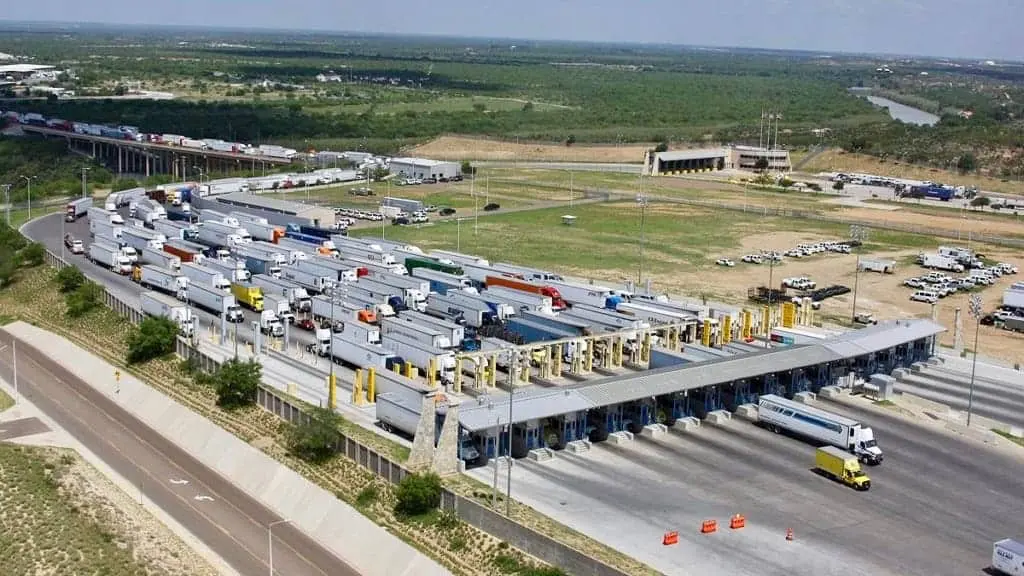

Guide: How to Start & Run a Successful Trucking Company
Without small trucking companies and the drivers who work for them, the economy would come to a standstill, literally. So why not get into an industry that will always be in demand, like trucking, by running a successful trucking company?
- Step 1: Form Your Trucking Company and Get Trucking Authority
- Step 2: Find Loads to Haul
- Step 3: Know Who You’re Hauling For
- Step 4: Know Your Expenses
- Step 5: Save Money on Fuel
- Step 6: Manage Your Cash Flow like a Pro
- Step 7: Get Back-Office Help
- Believe You Can Do It
Before you get started, it’s a good idea to take the time to learn about the trucking business and develop a basic trucking business plan. This plan should outline the steps to owning a trucking company, including the type of equipment you will have, whether you plan to purchase or lease that equipment, and who your drivers will be. While your equipment can be obtained after you have an insurance coverage plan in place, it’s important to know the type of equipment you want because you’ll need to know the associated costs before starting this process.
Getting equipment and insurance are only two steps to building a trucking company! There are a lot of other steps to running a trucking company, and it can be a confusing process.
Step 1: Form Your Trucking Company and Get Trucking Authority
To start a trucking company, you’ll need to form your company and get a United States Department of Transportation (USDOT) Number and Motor Carrier Number, or MC Number, from the Federal Motor Carrier Safety Administration (FMCSA). Along with insurance, equipment purchases or leases, and other required filings and registrations, the process can be lengthy and complicated.
Services like Logity Dispatch can help you with company formation easily. They handle the tedious parts for you. They do everything from collecting all the necessary information, and assisting with entity formation in your home state to completing and filing the appropriate registration applications. Once your trucking company has active authority, they send you a digital record book with all the paperwork organized and ready to go, contributing to successful trucking.
Step 2: Find Loads to Haul
If you’re new to the trucking industry, online load boards can help you find freight so you can start hauling. You can try free load boards, like NextLOAD.com, or pay a monthly subscription for others. Load boards can help you create and establish relationships with a variety of brokers and shippers, a key aspect of managing a trucking company. Once you have a solid customer base, you can build on those relationships. In some cases, you can start hauling directly for your customers and establish your own lanes which creates a regular, stable income, crucial for successful trucking.
But there is the easiest and not costly mode of getting the best loads. By leveraging their expertise and resources, Logity Dispatch not only finds suitable loads but also optimizes routes, manages paperwork, and assists in establishing profitable relationships with clients. This support allows trucking companies to focus on their core operations while Logity Dispatch handles the intricate details of load management, enhancing efficiency and profitability in the trucking business.
Step 3: Know Who You’re Hauling For
Checking credit on your customers before you haul a load is one of the best habits for how to run a successful trucking company. Doing so routinely helps you feel confident that your customers will pay regularly. Subscriptions to credit services are available but can be expensive. To maximize your efforts, try to choose loads that pay more per mile, not necessarily faster.
Step 4: Know Your Expenses
It’s important to know your trucking company’s business expenses. A profit and loss statement or bookkeeping software are two of the most effective ways to track insurance payments, truck maintenance and repairs, truck and trailer finance payments, fuel, office expenses, employee and driver wages, and other expenses. You can even track tax deductions, which can help you save money.
When you have all your company expenses in one place, you’ll know exactly how much it costs to run your business. Knowing how much it costs to run your trucking company is important to ensure that your business is profitable. Setting a minimum amount for your cost per mile will help so you never get undercharged or come up short on a load.
Step 5: Save Money on Fuel
Fuel is a big part of a trucking company’s variable operating expenses. Getting a fuel card for trucking companies can help you control and manage your fuel purchases and save money at the pump. When you use a fuel card, like the Logity Dispatch fuel card, you always get the cash price or better at thousands of truck stops. Using a fuel card also gives you other benefits like fuel management tools, IFTA reporting information, fuel theft protection, and more.
Step 6: Manage Your Cash Flow like a Pro
As a start-up business, you’ve just spent a small fortune getting your insurance premiums paid and your truck financed and once you haul a load, you have to wait 30, 60, or even 90 days for your customers to pay. You might not be able to get a line of credit from a bank in order to keep your trucks running. As an alternative to bank financing, a factoring company can provide you with operating cash flow through the purchase of your freight bills. Freight bill factoring is a smart and easy way for trucking companies to manage their cash flow. Instead of waiting for your customer to pay, factoring companies will advance you a percentage of your load the same day you deliver, so you have the capital to pay for insurance, payroll, truck repairs, fuel, and more.
Step 7: Get Back-Office Help
If you’re starting a trucking company as a small carrier or owner-operator, you’ll need to make time for paperwork and contacting your customers for payment. If you don’t have good systems in place, this can take a lot of time away from running your trucking company.
Having a partner who can help with billing paperwork and collections streamlines this process, so you can spend your time focusing on operations. One of the benefits of factoring is that your factoring company handles the collections for you. Just be sure to work with a factoring company that treats your customers in a professional, courteous, and civil manner.
Additionally, exploring books on trucking business or finding a trucking business plan example can provide valuable insights into structuring and managing your operations effectively. Moreover, seeking tips on starting a trucking business can offer practical advice and strategies to kickstart your venture on the right foot.
Believe You Can Do It
These seven steps can put you on your path to starting a successful trucking company. Many of our clients start out with one truck and a dream. With a little hard work and dedication, they lead to growing their trucking company into an impressive fleet. What’s their secret? Finding the support systems that make their jobs easier. It can be as small as finding a load board that makes booking loads quick, a fuel card that saves you thousands on fuel, or a freight factoring company that serves as your back-office support and so much more. A few steps can quickly add up over time. Additionally, exploring books on trucking business can provide further insights into managing and growing your trucking venture.
To make the company formation process headache-free, contact Logity Dispatch today to get a free consultations and get all the details.







